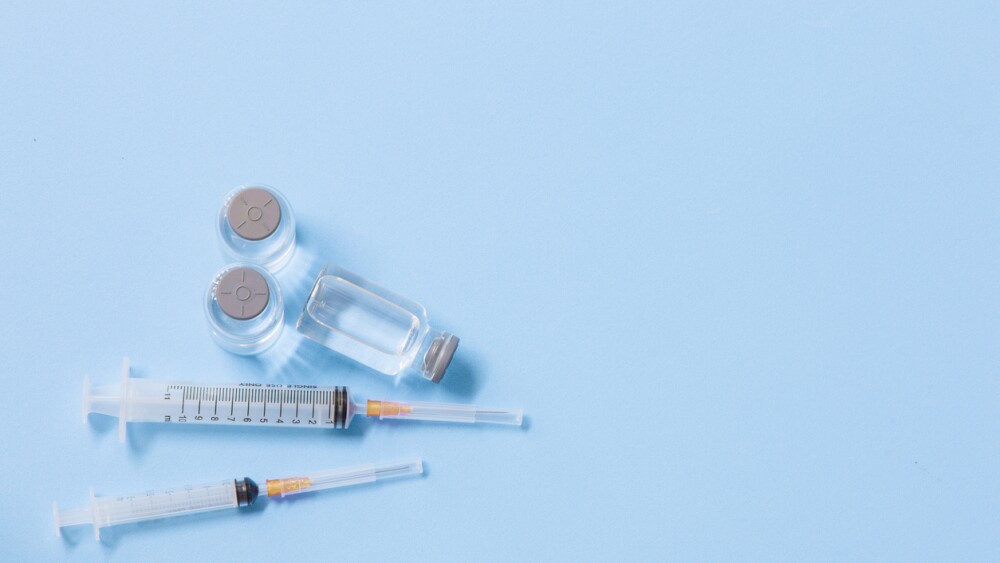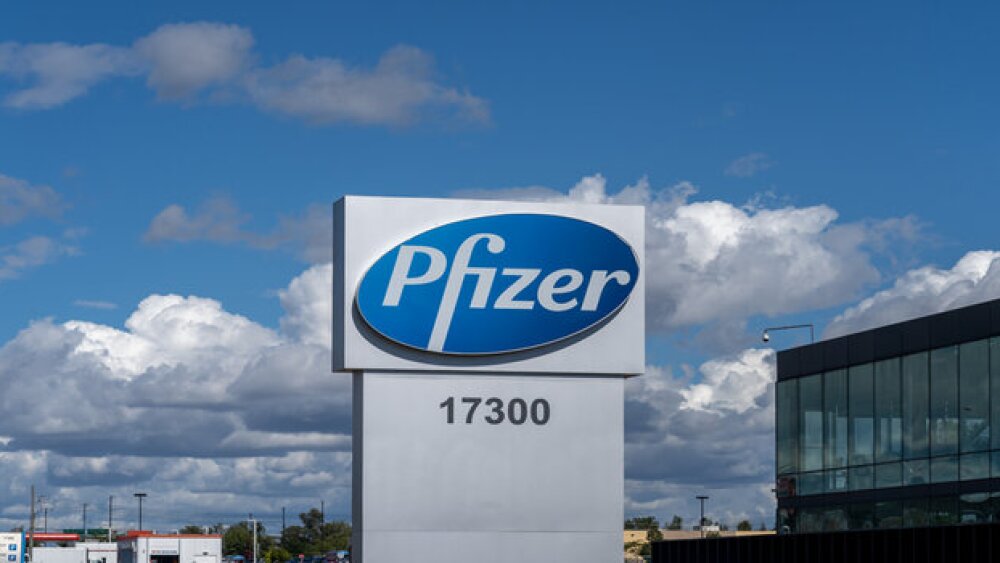The coming flu season is the clearest indication yet that biopharma’s long-standing assumptions about predictability, prevention and portfolio structure are no longer guaranteed.
As flu season nears, the reconstitution of the CDC’s vaccine advisory panel under Robert F. Kennedy Jr. has left a gap in the nation’s public health playbook. For the first time in decades, federal flu shot guidance became mired in uncertainty, complicated by a restructured advisory process and mixed signals around vaccine components.
The CDC and its Advisory Committee on Immunization Practices (ACIP) ultimately finalized the 2025–26 guidance in late August, roughly two to three months later than typical, reaffirming influenza vaccination for everyone six months and older and keeping most recommendations consistent with prior years. Yet the months of public discourse and conflicting narratives have taken their toll on public confidence, even as early indicators point to a potentially severe season.
While most of the conversation has focused on the political implications and downstream effects on vaccine uptake, that framing misses the broad commercial exposure now facing the pharmaceutical industry. This is a demand shock in the making; one with the potential to shift millions of consumers from prevention to treatment and symptom management this flu season. Reduced clarity in vaccine recommendations and diminished trust will affect how therapeutic developers, pharmacies, marketers and even investors model risk, allocate inventory and plan for a season in which behavior may be harder to forecast than the virus itself.
A Compromised Vaccine Narrative
For decades, the CDC’s annual flu vaccine recommendation, released in the late spring or early summer, has functioned as both a public signal and a commercial anchor, setting expectations for consumers, shaping provider messaging and triggering supply chain and marketing plans across pharma and retail. This year, that guidance not only came late but was finalized by the CDC and ACIP with a new recommendation that vaccines be trivalent and preservative free. The delay, coupled with months of political debate and misinformation, has left many consumers skeptical or disengaged, a reflection of both unclear policy and eroded trust. Clarity on paper hasn’t restored confidence in practice.
Consumers are not staging a mass philosophical rejection of flu shots. Instead, they’re quietly hesitating, delaying or opting out altogether. Early state-level data bear this out. In Washington, flu vaccinations are down roughly 15% compared with the same time last season, and COVID-19 vaccinations have dropped more than 25%. Last year’s national figures already showed flu coverage slipping below 50% among children, the lowest in over a decade, and public health officials expect this downward trend to continue.
Implications for Biopharma and Drug Developers
For biopharma companies, this year’s flu season is a commercial stress test that cuts across product portfolios, operational planning and long-term R&D strategy. While only a handful of major firms dominate global flu vaccine production, the influence of their guidance and planning cycles reaches far beyond prevention. These players effectively anchor the timing, messaging and logistical rhythm for much of the industry’s seasonal activity, from retail pharmacy operations to media allocation.
Unclear CDC guidance not only shifts risk to consumers but to companies that have spent years building their seasonal playbooks around a stable, prevention-first model. When that model falters, the resulting demand curve becomes chaotic. More people will get sick and seek treatment and symptom relief. Demand will shift toward therapeutics and over-the-counter (OTC) drugs.
This isn’t just a public health pivot. It’s a test of how well capital markets have priced structural agility into their long-term bets.
This presents a dilemma for vaccine manufacturers and therapeutic developers alike. Many firms, under pressure to pursue high-margin growth, have either scaled back or completely exited the OTC space in favor of vaccines, biologics and advanced therapeutics. But in doing so, they’ve left themselves with fewer tools to respond when the prevention business is disrupted. Rebalancing portfolios in-flight is difficult, but some companies may now need to revisit their investment in treatment and symptom management, whether through internal brands or strategic partnerships.
The implications extend even further. Scenario planning must quickly evolve to account for behavioral volatility, not just epidemiological trends. And early-stage pipeline development, especially for antivirals or immune-modulating treatments, may need to incorporate new assumptions about how flu behaves, how consumers respond and how governments communicate. What looked like a reliable seasonal cadence may now become a series of rolling shocks, demanding new kinds of agility across the entire product lifecycle.
The OTC Wildcard
Over the past several years, giants like GSK and Johnson & Johnson have spun off their consumer health divisions (Haleon and Kenvue, respectively), while Pfizer fully exited through its partnership with GSK, then sold its stake. Sanofi, once a significant player in consumer health, sold off a controlling interest in its OTC division, Opella, to private equity in early 2025. These moves were driven by a consistent rationale: simplify the business, pursue the higher-margin growth potential in prescription drugs and vaccines, and shed commoditized categories widely viewed as slower growth—and lower profit.
Today, Bayer stands virtually alone among major biopharmas in retaining a fully integrated OTC business. That decision now looks less conservative and more strategic. Bayer has the potential to flex across the full spectrum from prevention to remedy to symptom relief, provided, of course, that it can break down organizational silos and act with agility across business lines.
This kind of structural agility is critical in an environment where flu behavior shifts quickly and unevenly. Spikes in flu-related search queries, social chatter and e-commerce demand can serve as digital early warning signs to help companies forecast regional flu spikes weeks before official surveillance, activate direct-to-consumer campaigns, reposition inventory and shift media spend in real time. This year, these abilities won’t be just a tactical edge but a requirement. As overall trust in prevention erodes, the companies that are well-positioned to respond with treatment and symptom relief options will be best able to meet consumers where they are.
Investor Lens: Risk, Realignment and Missed Signals
While investor attention has largely focused on the uncertainty surrounding vaccine uptake, the market may be missing the broader strategic picture. If fewer people get vaccinated and more get sick, the ripple effects won’t end at the prevention line. They’ll reach directly into therapeutics, including antivirals and OTC remedies. Yet the companies best positioned to capture that upside are no longer the ones drawing most investor coverage.
Recent earnings commentary underscores that connection. Sanofi, the global leader in influenza vaccines, reported a 16.8% decline in vaccine sales in its most recent quarter, with CEO Paul Hudson citing lower vaccination rates in the U.S. as one of the main the drivers of the downturn. Similarly, GSK has projected low single-digit pressure on vaccine sales amid uncertainty in the U.S. market. Even modest fluctuations in uptake can ripple through quarterly guidance and investor expectations, reinforcing how dependent broader planning cycles remain on stable prevention behavior.
This raises questions about capital allocation. In shedding their consumer divisions, did major global pharma firms overcorrect, trading resilience for focus at the expense of optionality? This flu season will help to answer that question. If consumer behavior continues drifting toward treatment and symptom management, firms that operate on both sides of the equation may see a re-rating, while pure-play vaccine companies could face renewed scrutiny. In that light, this isn’t just a public health pivot. It’s a test of how well capital markets have priced structural agility into their long-term bets.
Strategic Call to Action
This flu season isn’t a one-time anomaly. While only a few biopharmas manufacture flu vaccines, their seasonal cadence has long served as a stabilizing force across the broader health economy. Though flu vaccines themselves are modest-margin products, their predictability underpins planning cycles across pharma, retail and investor models alike. The disruption of vaccine guidance has exposed just how dependent the industry has become on a single behavioral pathway, and how unprepared many companies are when that pathway breaks down.
If there’s a strategic takeaway, it’s this: flu season is now a test of structural, commercial and operational agility. Companies that act decisively to build flexible planning and executional capabilities stand to win big; not just in the coming flu season, but also when the next disruption occurs.
The lesson is simple. In an age of volatile health narratives and fractured public trust, competitive advantage won’t come from betting solely on breakthrough innovation. Instead, companies must also build resilience through diversified portfolios, faster planning cycles and a renewed ability to pivot while engaging consumers across the full spectrum of care.








